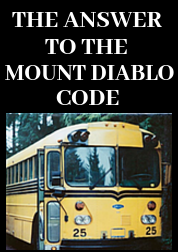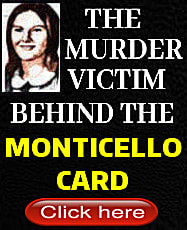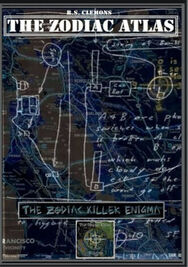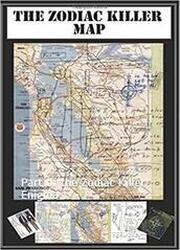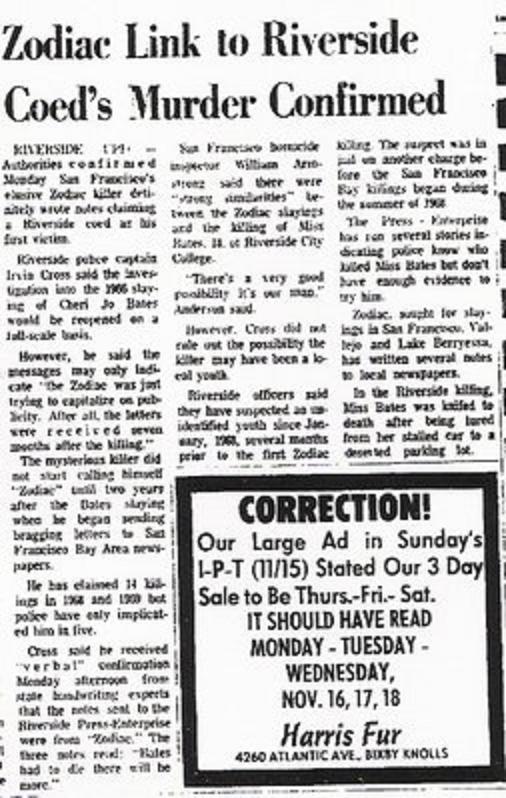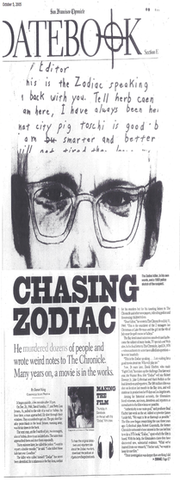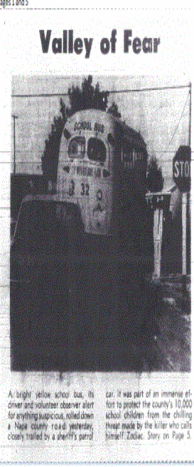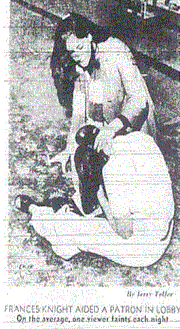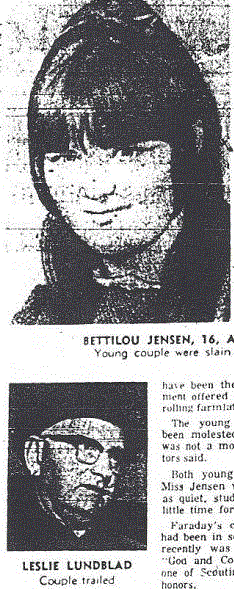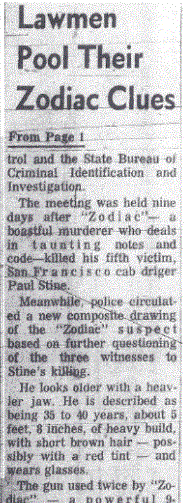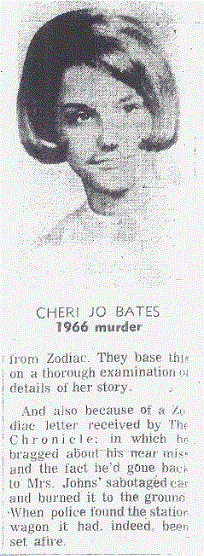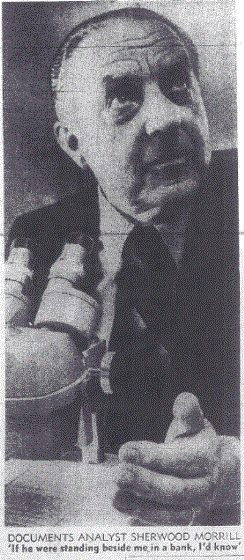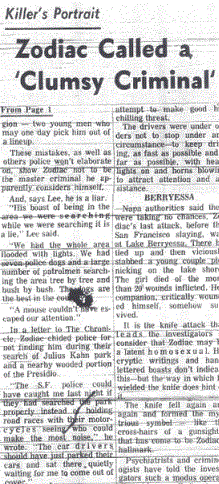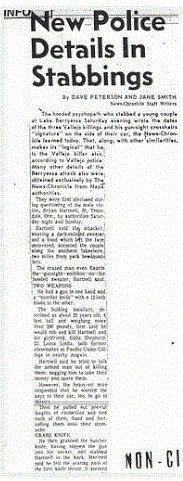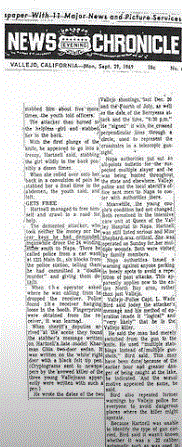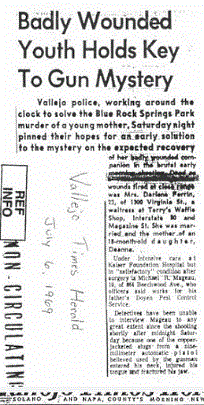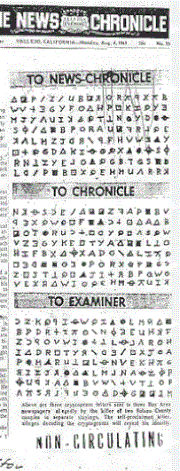 Expanded version below
Expanded version below In other words, we have to contemplate that the author of the two Confession letters typed two individual correspondences on plain white paper to the value of fourth or fith generation, using carbon paper. A quick look at the image on the left compared to the one with FBI laboratory stamped on it, will show three noticeable differences immediately. The length of underscores after BY are different in each instance. THE CONFESSION title above is underlined, which isn't the case on the FBI laboratory image shown by clicking the link above. The CC. CHIEF OF POLICE ENTERPRISE list of recipients is further from the left margin and a line further down in the image shown above, compared to the image stamped with FBI laboratory. The image widely shown on the internet (and in the link above), should in theory have been addressed to the Riverside police because it is different to the Riverside Press-Enterprise version. Below is the image of the Confession letter widely viewed on the internet (which should have been addressed to the Riverside police). Beneath that is the Confession letter sent to the Press-Enterprise, highlighting ten major differences. The only other explanation for two versions, is that the widely shown Confession letter is a product of having been retyped for greater clarity by law enforcement personnel, but somehow was retyped incorrectly, adding spelling mistakes, correcting spelling mistakes, attempting to correct spelling mistakes but replacing the word with another misspelling, removing sections of typing such as the XXX on the fifth row, and altering words such as "finished the job out" to "finished the job by". One would have thought this would have been done professionally, had the Riverside Police Confession letter sent by the author been the same as the Press-Enterprise version.
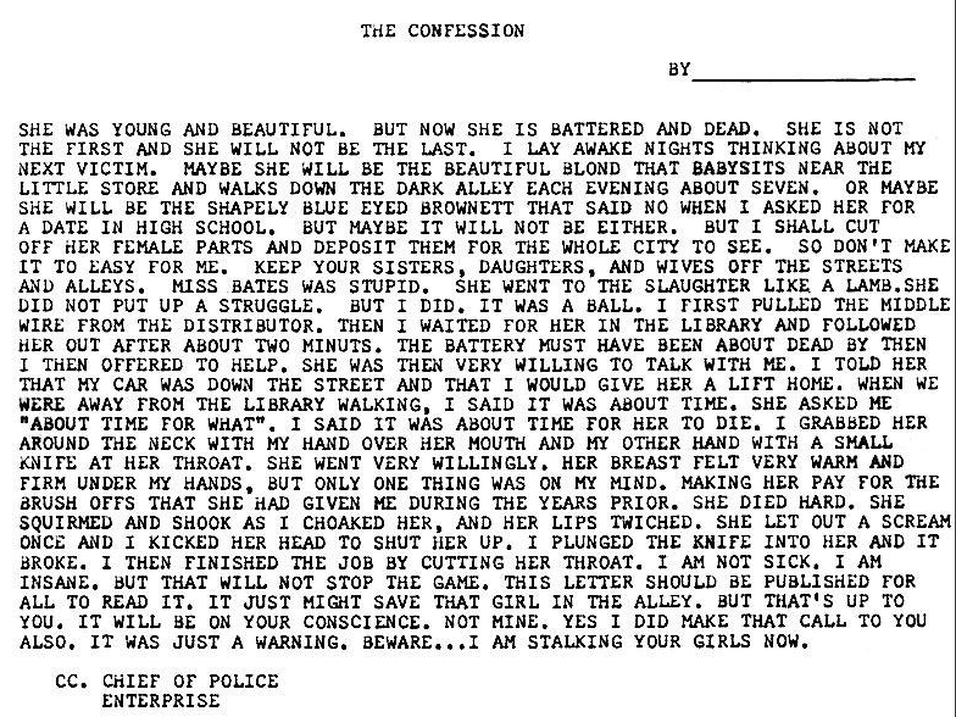

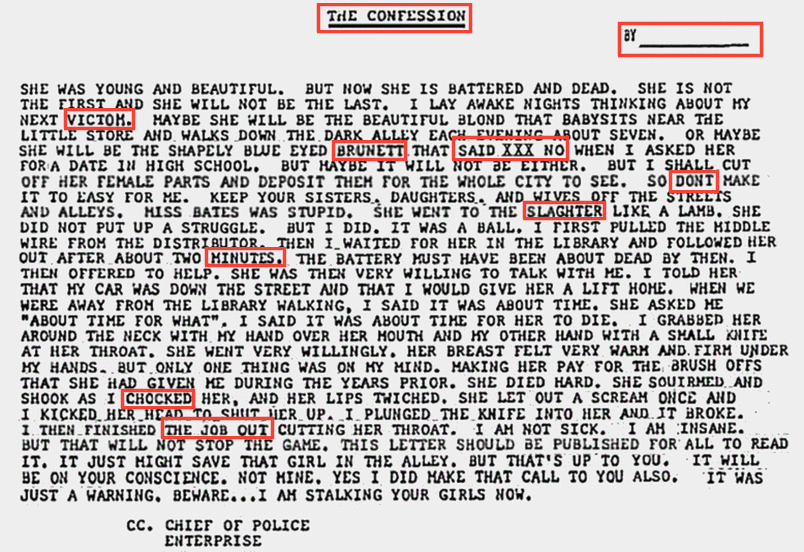

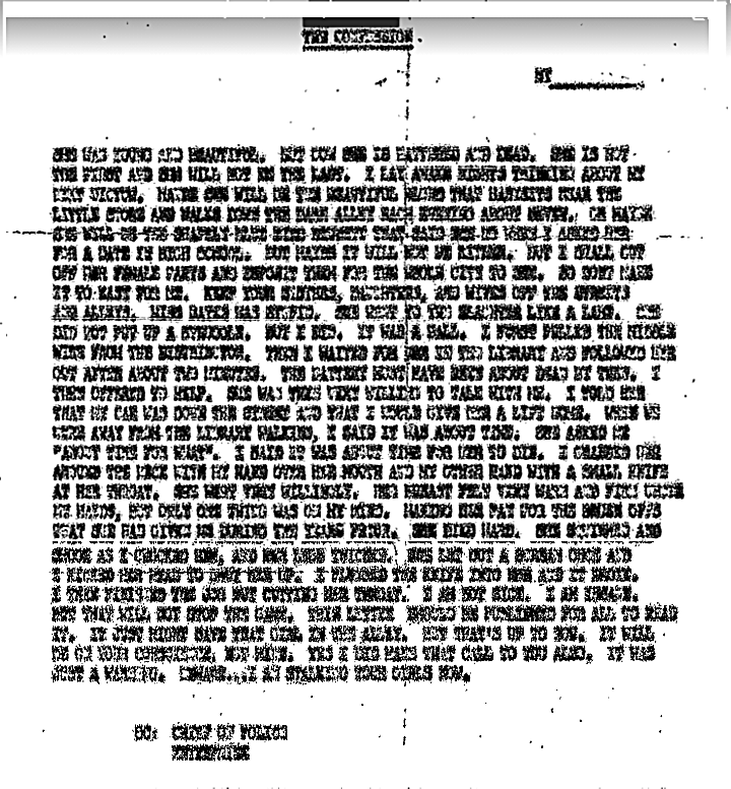
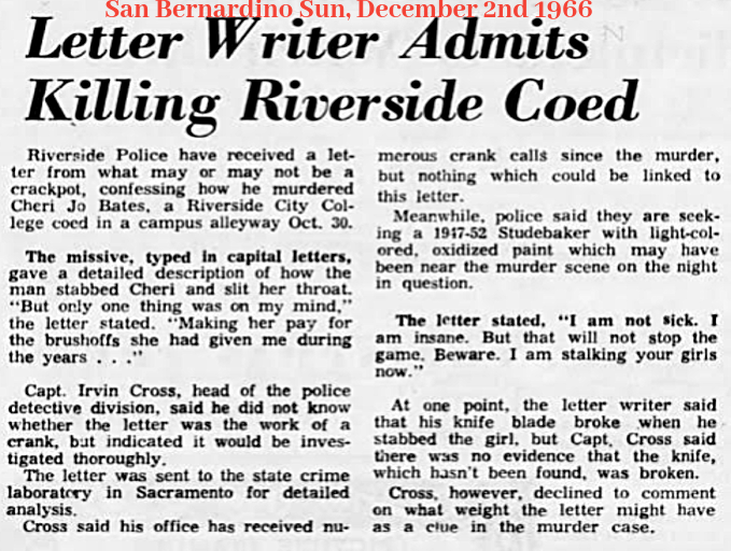


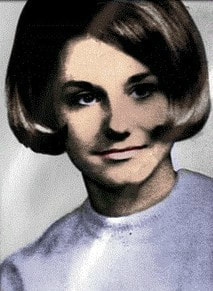
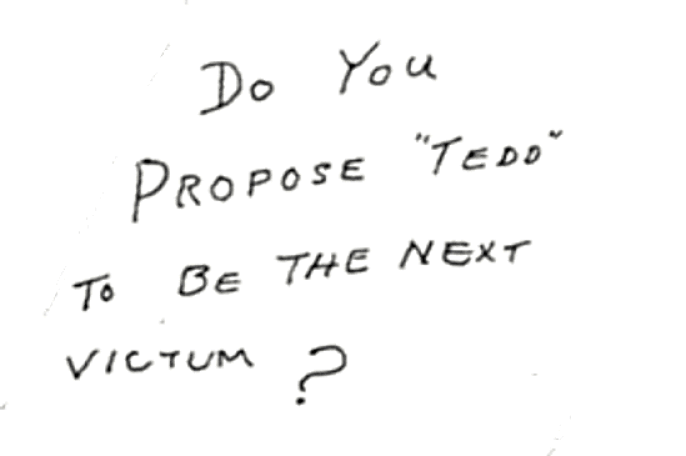


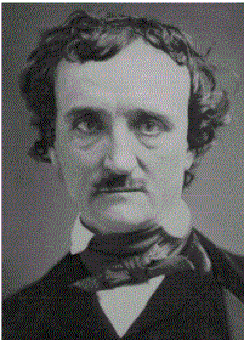

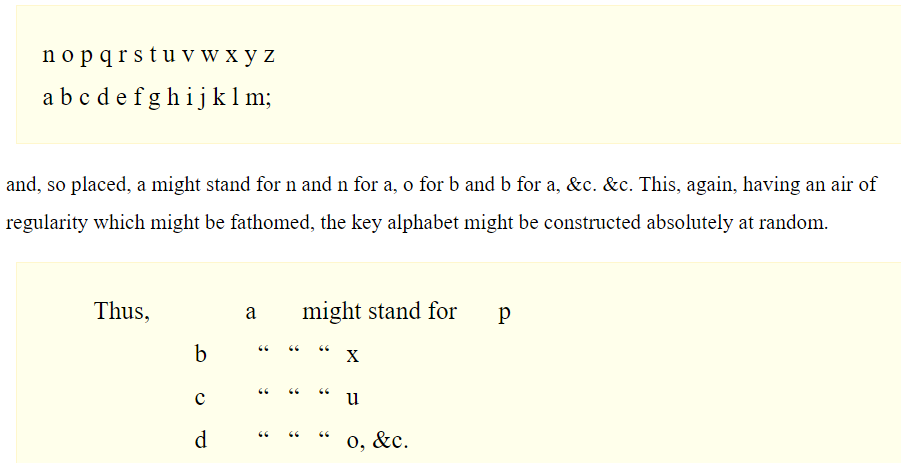










 RSS Feed
RSS Feed

